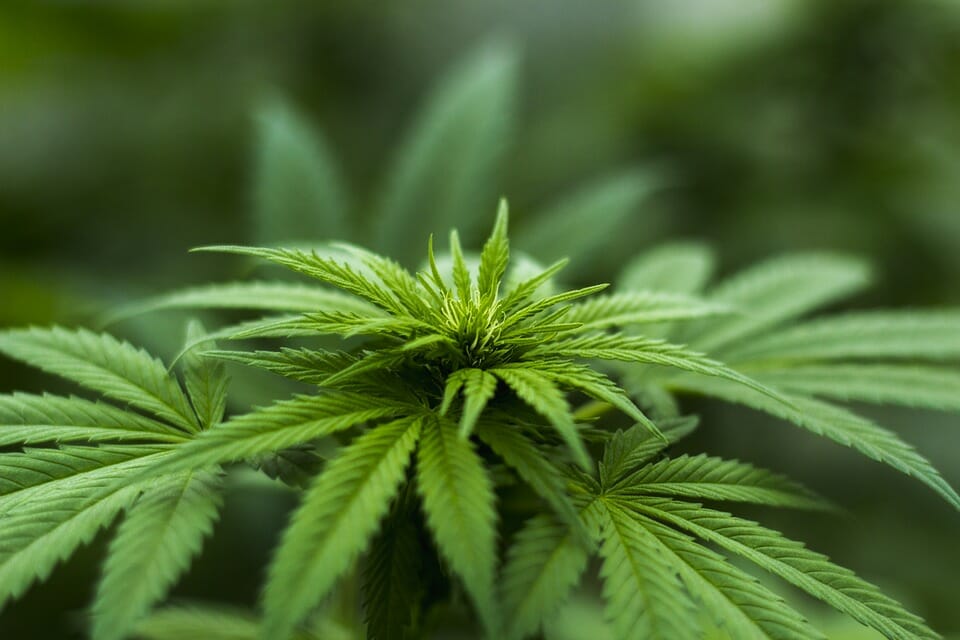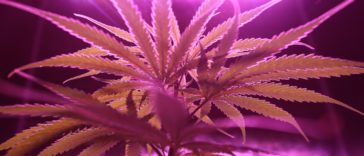This website is informational and cannot diagnose or treat illness or disease. Medical marijuana should be used under the direction of a licensed healthcare provider. This site contains advertisements. If you click a link and make a purchase, MarijuanaMommy.com may receive a commission.
How Does Medical Cannabis Affect Migraines?
Until 1937, cannabis was a medication commonly used to treat a variety of disorders including migraines. It was so common, you could pick a tincture up in your local pharmacy.
Unfortunately, cannabis is now still illegal in many areas and has been stigmatized for decades. But as legalization is embraced by the world, we’ve rediscovered cannabis as a tool for addressing migraines and a variety of other illnesses and disorders, including chronic pain, cancer, multiple sclerosis, chronic inflammation, leukemia, and more.
Here are five ways medical marijuana affects migraine headache disorder.
5 Ways Cannabis Might Help Migraines
Reduces Frequency of Migraines
An overwhelming number of patients report regularly consuming cannabis reduces the frequency of migraine headaches. Multiple studies support these reports.
A 2019 study conducted at Washinton State University found, “Inhaled cannabis reduces self-reported headache severity by 47.3% and migraine severity by 49.6%”
A 2020 study published in Brain Sciences showed that prolonged cannabis use could decrease the frequency of migraines, reinforcing a 2016 clinical study, published in Pharmacotherapy Productions, which also shows medical marijuana can reduce the frequency of migraines.
The 2016 study states, “Migraine headache frequency decreased from 10.4 to 4.6 headaches per month (p<0.0001) with the use of medical marijuana.” A whopping 85% of study participants reported symptom relief.
Reduces Acute Pain of Migraines Headaches
Many patients report that consuming cannabis after a migraine has begun can help reduce the acute pain experienced during the migraine.
Medical cannabis is prized for its impressive effects on addressing pain. Most of the research has examined cannabis’s effects on chronic pain as opposed to acute pain such as that experienced during a migraine episode.
Ample anecdotal evidence shows cannabis can be helpful for many people experiencing acute pain. Research examining the effects of cannabinoids on acute pain is scarce but a 2020 study showed that cannabis is statistically significant in reducing acute pain.
Reduces Nausea & Vomiting
Nausea and vomiting are some of the most common symptoms accompanying migraine headache attacks. For many patients, nausea and vomiting can be more debilitating than the headache itself.
Cannabis has been prized for decades for its ability to fight nausea and vomiting.
Ample research and anecdotal evidence show cannabis can decrease episodes of nausea and vomiting. Research also shows cannabis may reduce dysgeusia (a persistent bad taste in the mouth) which is another complaint sometimes associated with migraine headache disorder.

Reduces Inflammation
Inflammation is suspected as a culprit in migraine headache disorder. Preclinical research from 2019 states, “Inflammation could have an important role in migraine chronification through a mechanism termed neurogenic neuroinflammation.” Some clinicians also suspect chronic inflammation may play a role in triggering exacerbations.
Cannabis is often used as an anti-inflammatory. Research shows cannabis can act to decrease inflammation. Cannabidiol is a potent anti-inflammatory. CBD from hemp oil is often utilized for its anti-inflammatory properties in states where medical marijuana is illegal.

Balances the Endocannabinoid System
One of the most significant ways cannabis affects the body is its impact on the endocannabinoid system. The endocannabinoid system (ECS) is an essential biochemical communication system in every human body.
Little is understood about the endocannabinoid system but in 2008, Dr. Ethan Russo published research explaining the effects of clinical endocannabinoid deficiency syndrome (CECD). One of the specific conditions Dr. Russo attributes to CECD is migraine headache disorder.
In theory, consuming cannabinoids found in cannabis is believed to help restore tone to a deficient endocannabinoid system. So, if migraine headache disorder is caused by an endocannabinoid imbalance, then cannabis may help restore balance to that system thus easing the symptoms of migraines.
Cannabis isn’t the only way to balance the ECS–here are seven other ways to modulate the endocannabinoid system.Trending Now










